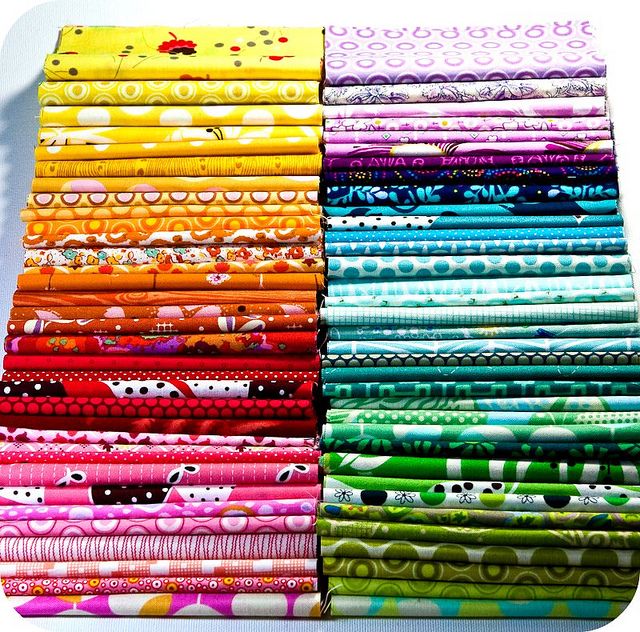Some rights reserved by gabby-girl
Attending the FESPA Digital Textile conference a few weeks ago, I was amazed at the diverse panel of speakers who bore testament to the developments taking place in the digital textile printing market. According to a presentation given by Roy Gilboa at InfoTrends only 600 million out of 45 billion m2 printed textile materials are currently produced digitally. However, there is a staggering growth in the demand for digitally produced items due to the advantages offered by this technology and its ability to meet current production trends. The business opportunity is huge.
Fashion designers and retailers are increasingly adopting a “Purchase Activated Manufacturing” approach, which means that production starts only when orders are placed. This helps companies to reduce costs and avoid storing unused stocks. In a fast moving world where in-store stock can be changed as often as every week, retailers and suppliers need to establish a new business model. The digital textile printing process seems ideal to satisfy these requirements. It is quick and cost effective. Make-ready times are significantly reduced, while customisation and short runs are possible thanks to a lean production environment. What’s more, according to InfoTrends figures, digital technology can enable a 35% reduction in energy consumption, reduces water usage from 43 litres per meter to only three, and saves approximately 25% on CO2 emissions.
Aside from the technical benefits of embracing digital technology, what strikes me is the capability of digital textile printing to engage with different users. In an age where the web has created numerous ecommerce platforms, markets such as fashion, garment and interior decoration are attracting an increasingly broad audience and establishing new ways to interact. Melanie Bowles from the Chelsea College of Art talked about a consumer-centred approach where emerging digital print companies offer bespoke fashion services whereby consumers can design their own prints. This participatory model gives end users the opportunity to feel directly involved in the creative and production stages of a textile item.
Gart Davis, Managing Director at Spoonflower, highlighted how his on-demand fabric website empowers creative consumers with digital textile technology. Consumers can create simple cut & sew kits for clothing and accessories, and share their creations through a proper community. This consumer-centric approach has also been adopted by Mark Abramson at ThinFolio, who created a platform for consumers to design customised wallets that the company then prints, finishes and delivers.
The bottom line is that not only is digital textile printing technology booming, but it is also laying the foundations of a new business model where both print service providers and end users play a role in the creative and production process. Win-win!
